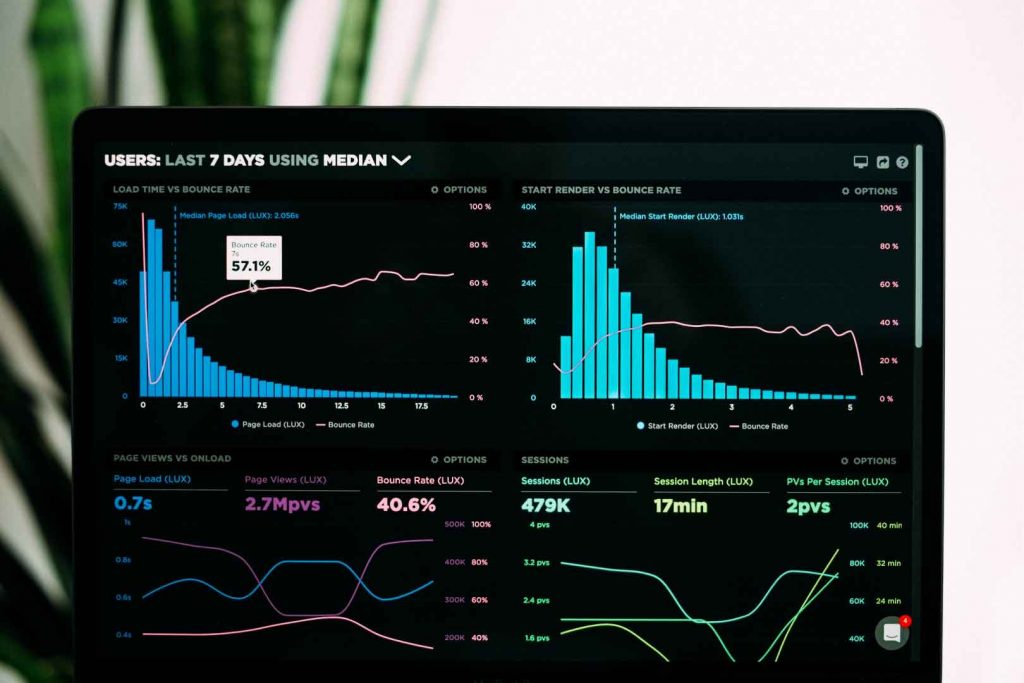Catalog Analytics
Big data analytics technology continues to mature, finding its way into many applications. You may use these solutions for other marketing efforts, such as inbound campaigns, but your digital and physical catalogs also deserve some insightful attention. Here are a few ways you can use catalog analytics as part of your 2017 marketing strategy.
Predictive Catalog Trends
Predictive analytics examines your company’s data for historical trends and uses this information to provide insights into the best moves for your business in the future. For example, fashion retailers learn about the looks that are statistically likely to be hits for their audiences. They can incorporate these styles in their upcoming catalogs, giving them a head start on the market. This proactive approach also gives you more time to adapt to new market conditions if the predictions don’t quite match up.
Digital Catalog Optimization
You have many opportunities to gather useful data with your digital catalogs. A hotspot solution observes the way people interact with the catalog, showing you mouse movement, clicks and page scrolling. The visual report generated by this data provides a clear look at your hottest spots on the digital catalog. You can use these insights to optimize the flow of your digital catalog and test each element until you find a clear winner.
Catalog Segmentation
How much information do you have on your customers? You know what they look at on your website, their purchases and demographic data. This data guides you into the creation of customer segments. You can present the best selection of products and recommended cross-sells and upsells rather than using a one-size-fits-all catalog for your audience. An efficient catalog creation process makes it easier to adapt your workflow to accommodate multiple versions. Speed is an essential part of remaining competitive in the modern business world, even when you’re using more traditional forms of marketing.
Direct Mail Testing
How do you track the performance of your mailed catalogs? If you only compare the total number sent out against the revenue generated during that period, you’re missing out on essential information. Catalog analytics tools can show you the purchasing trends in specific geographic locations, the differences between your primary demographics and the number of customers who went multi-channel. You use a comprehensive way of determining whether your catalog campaign is successful and what you can do to improve it in the future.
Sources:
https://www.iwco.com/blog/2016/06/01/millennials-and-direct-mail/





